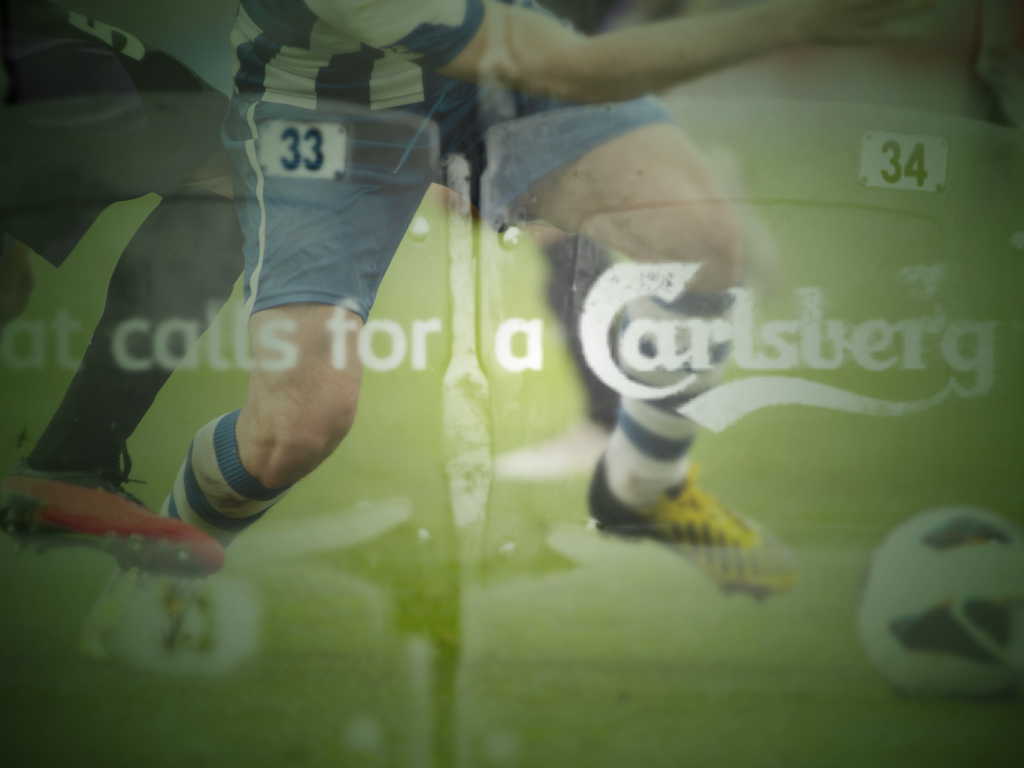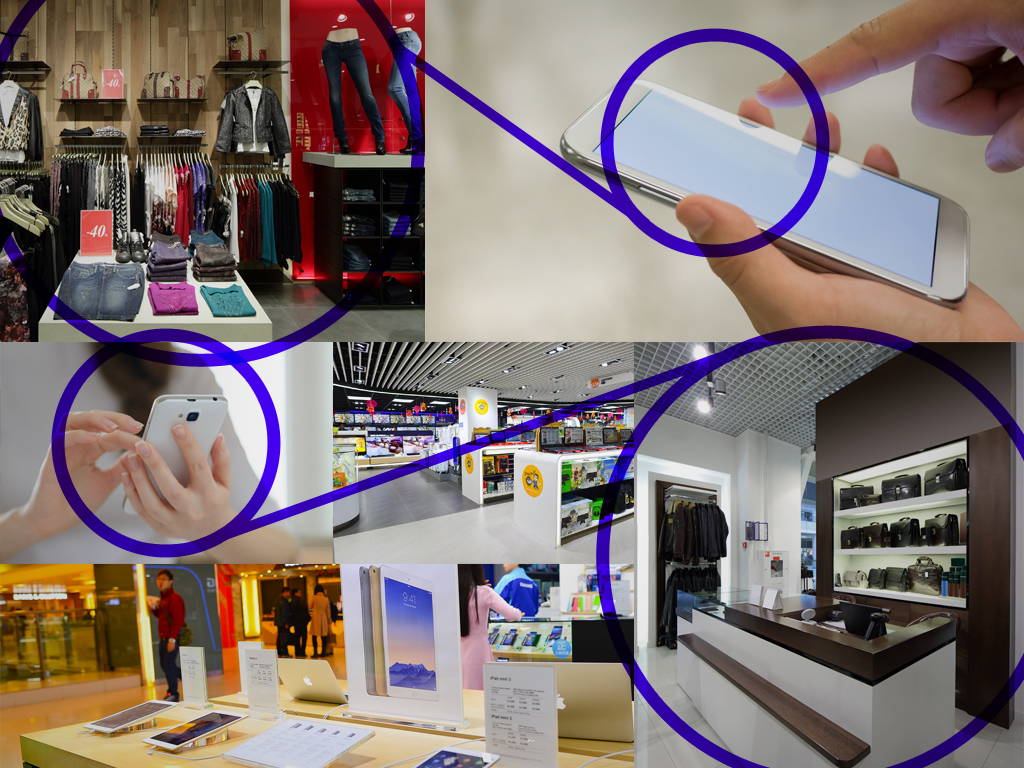Images on Facebook are a superb way to connect to your consumers. Images are in the sweet spot of social content; more engaging than text and more straightforward than video. The problem with images on Facebook? They are too easy to do. Everyone uses them. We’re all publishers now and there is loads of competition. Your $2,000 image may well get ignored in favor of a picture of your neighbor’s cat. It’s a challenge to do images well. This post will help you master Facebook images and give your brand’s photos an edge.
Image Posts vs. Articles With Thumbnails
Facebook is always experimenting. “Best practice” is a moving target. Therefore paying close attention to updates from the platform and having an instinct for good content marketing are both more valuable than approved processes. Any strategy or recommendations from before August 2014 (at the very least) are in danger of being out of date.
What happened in August 2014? Facebook took action against clickbait. Part of that action was to prioritize link posts over image posts with a link in the caption. Link posts now produce large thumbnails provided there’s an image of the right size associated with the page the link points to.
Starting January 2015 Facebook will make further changes on what style of posts get prioritized in the newsfeed. Those changes are discussed later in this article.
Neither of these changes mean image posts are dead. There are Pages on Facebook that have become very popular just by curating images and sharing them.
Brands can certainly do similar but most companies will likely need to make link posts with images work for them. Especially if the goal is to generate traffic or customers from Facebook and direct them to an owned media property.
Associating Images With Linked Articles
When you link to a web page from Facebook the platform will automatically attempt to identify an image and produce a thumbnail. If there is no image to be found or all the associated images are too small then there will not be a thumbnail. This looks terrible. An image post with a link as a caption, though not normally recommended, may be a better option.
Images that are less than 200 x 200 px or are larger than 5 MB might not get selected for thumbnails. Facebook also sometimes wrestles with images that have an height/width aspect ratio greater than 3 (in either direction) but has become much better with towering content units thanks to the infographic deluge of 2014.
The Facebook Debugger Tool is a starting point to determine whether images are causing problems.
If there are more than one image available on the page then Facebook will let users scroll through and pick their own thumbnail. Marketers can override that. Marketers should override that when it is important that the best image is picked or when Facebook needs a nudge to see the associated image.
The Open Graph family of meta tags are used to override Facebook’s image detection system. The image property is known as og:image. Facebook suggests that images referenced in this tag’s content are at least 1200x630 pixels.
Here’s an example of the og:image tag being deployed.
<meta property=“og:image” content=“http://cdn.momentology.com/wp-content/uploads/defining-affiliate-marketing-for-2015.jpg” />
The Perfect Image Size
Facebook’s documentation says you should be at least 1,200 x 630. That’s pretty big.
Some blogs have an advantage here in that they can display large images while their theme automatically adjusts them to fit the content area. Retailers rarely have that option, but can make use of the og:image tag to associate a larger image for Facebook sharing than their own page displays.
As it happens, the minimum size to qualify for a large thumbnail, one that stretches across the full Facebook post area, is (currently) 600 x 315. If you go smaller than that and still qualify then your post link will likely get a small 154 x 154 or even 90 x 90 thumbnail instead.
Facebook displays thumbnails in landscape, at a 1.91:1 aspect ratio and crops when it needs to. Landscape images, therefore, are far safer than portrait images. A thumbnail generated from a link to a page with a tall portrait image will crop to show a strip of the image’s content. The result usually doesn’t look good.
Is there a perfect size? I have come to prefer 708 x 370. Facebook will show images of this size in their entirety and show them cleanly. Text on images is readable if the font size is large enough.
Twitter and Google+ will also cope with images 708 x 370 nicely. This means you can tailor the very bottom edge of the image so that it looks like there’s more to see and a click is necessary to do so or use the precision to avoid cropping effects you don’t want.
The Perfect Color Choice
There is a psychology of colors and it is a thorny one. In summary, colors do matter, colors have an association to feelings, and while these can sometimes be broadly applied to consumers there are so many exceptions, personal choices and other variable it is generally impossible to get specific. Whitfield and Wiltshire’s Color psychology: a critical review is a good read.
Broadly speaking, colors have an influence. The Impact of color on marketing study revealed that up to 90 percent of impulse decisions made about products are based on color alone. I’d call a Facebook click an impulse decision. It depends on the product, of course.
Joe Hallock has published interesting research into color preferences. Men and women both prefer blue and green is fairly safe second choice. Equally, both genders dislike orange and aren’t too keen on brown.




The dominant colors in your Facebook images should try and match the personality of your brand/Page. The charts above might suggest that brown isn’t hugely popular, but if you’re engaged in content marketing to support mountain climbing supplies then you would certainly be using a lot of rugged brown images. Brown suits the personality of most mounting climbing brands or pages.
Even if you have a good instinct for which colors support your brand personality the best approach is to test and learn.
Text & Image Ads
It’s worth knowing Facebook’s rules about text on image ads. It can be frustrating if Facebook alerts you that an organic post is getting more shares than usual, recommends a paid boost in order to capitalize on that, only for the system to then disallow the boost because there’s too much text on the image.
It’s also worth knowing about how Facebook judges text on images as the social network warns against images and posts that look too commercial. One sample “poor post” uses an image covered in text and Facebook says; “Beginning in January 2015, people will see less of this type of content in their News Feeds.”
Facebook divides images into a 5 x 5 grid. If there is a trace of text in more than six of those boxes, then the image can’t be used.
Text featured in product photographs in real situations or even pictures of products that use text are acceptable and won’t count towards your six-box limit. Facebook points out that images edited to include text on the product as an attempt to loophole the policy aren’t acceptable.
I’ve yet to try standing in the background of a photograph, holding a sign with an advertising statement on it and testing to see whether Facebook blocks that.
Why Does All This Matter?
I’ve lost count of the number of hours I’ve spent researching and fine-tuning the size, shape, colors and presentation of images on Facebook. As a reminder; 708 x 370 is my favorite current size. I’ve invested this time because I’ve found success makes a big difference. I’ve had viral candidate content flop because the Facebook thumbnail was rubbish. I’ve had much weaker content go viral because the Facebook thumbnail was strong.
At the start of this month Simply Measured shared research of a Q3 2014 Facebook study.
This shows that link posts get a higher ratio of shares than photo posts (both dwarfed by videos). This goes some way to illustrate that link posts with great thumbnails are generally the best bet.
Conclusion
It’s worth getting images right as they can have a profound effect on your Facebook activity. Mastering Facebook images isn’t easy – big brands may tie themselves into knots (“Is it creative? Is it media?”) over images and smaller brands may struggle to source or create them at all – but the art-science is possible to master.
The usual advice applies:
- Test and learn.
- Take advice from Facebook when they offer it.
- Listen to feedback from your community.
What else have you learned about using images to engage customers on Facebook? Share your insights in the comments.


